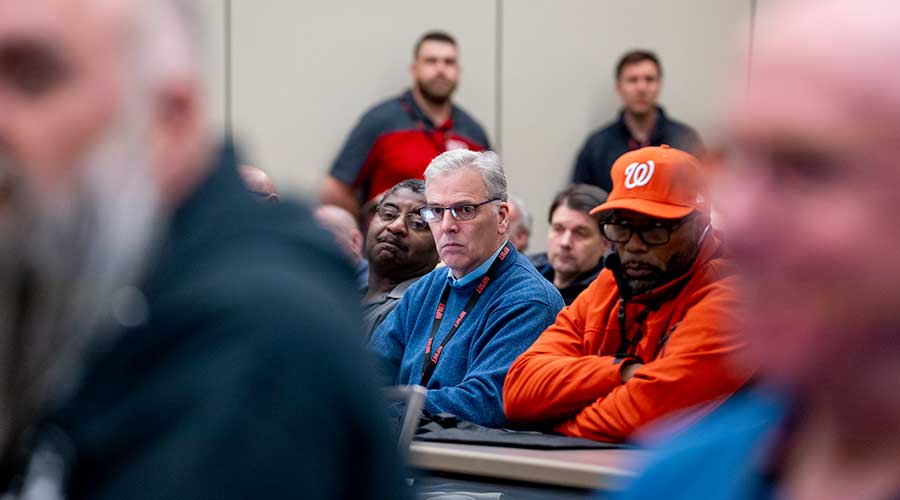In today’s climate of increasing natural disasters, facilities along the U.S. coasts — especially in hurricane-prone regions — must remain vigilant. In this video from NFMT Baltimore, Daniel Isackson, technical director of architectural engineering for Rimkus provides a comprehensive overview of hurricane preparedness and post-disaster building inspections, providing essential knowledge for facility managers. Isackson lays out clear steps for reducing risks and navigating recovery efforts.
Current building codes — such as the 2023 Florida Building Code — require facilities to meet wind-load requirements based on building type and occupancy. Facility managers should understand which category their building falls under to ensure compliance and adequate storm resistance. Especially critical facilities, such as hospitals and large-capacity buildings, are subject to more stringent design standards.
The presentation provides practical checklists for pre-storm preparation, from pruning trees and securing roof sheathing to scanning building plans and verifying insurance coverage. Recommendations include identifying key team roles ahead of time, stocking supplies, backing up systems, and establishing clear communication protocols.
Post-storm, the priorities shift to safety assessments and rapid response planning. Isackson covers what can cause a building to be deemed unsafe or uninhabitable after a storm. Definitions like “unsafe,” “dangerous,” and “substantial structural damage” are explained in code-compliant terms, helping managers recognize when a professional inspection is required.
Facility managers must also consider continuity planning — ensuring business operations can resume at alternate sites if needed. Isackson provides tips for navigating insurance claims, securing contractors, and protecting against subpar repairs.
Watch the full video to gain strategies, real-world examples, and actionable checklists to protect a facility before, during, and after a hurricane. Log in or join fnPrime to start viewing.





